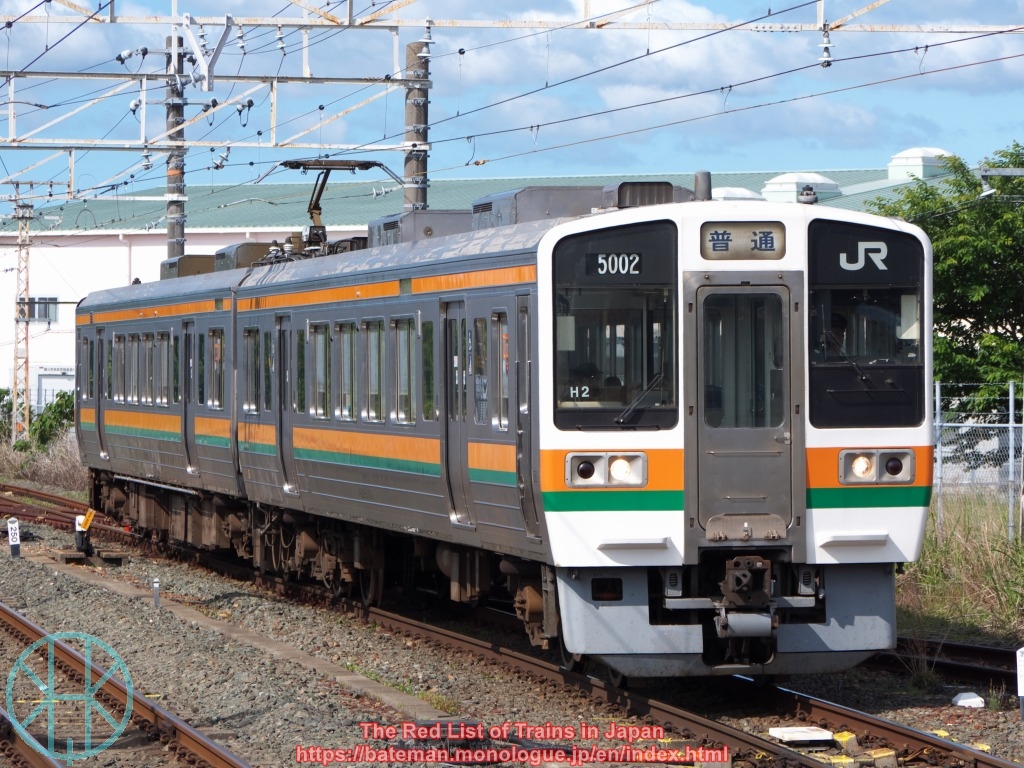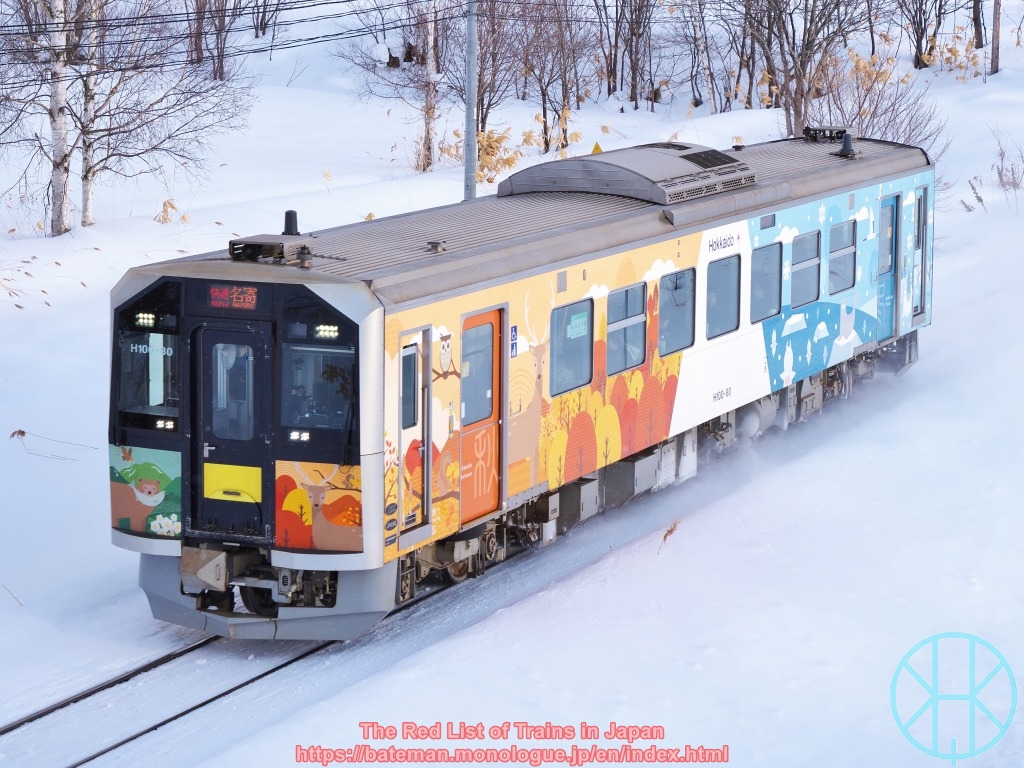Soji-ji is a temple in Tsurumi (Yokohama city), about 13.5 miles south of Tokyo station. It is one of two head temples of the Soto sect of Zen Buddhism. There are many wooden buildings, but they were mostly built in the 20th century, as the temple relocated from Ishikawa Prefecture in 1911. Even so, Soji-ji is still one of the most important and influential temples in Japan.
This temple is also known for tombs of celebrities, including Yujiro Ishihara (actor, 1934-1987) and Antonio Inoki (a professional wrestler and politician, 1943-2022), but it is not well known that this temple has a connection with railways nearby. There are memorials of two disasters, namely Sakuragicho train fire and Tsurumi rail crash.
At 1:45 pm on 24th April 1951, a commuter train on Tokaido branch line (now Negishi line) hit a loose overhead wire after a maintenance worker accidentally cut off another wire and failed to close the mainline, because he thought it would not obstruct trains. The wire tangled up in a pantograph and caused a short circuit with sparks. The train was made of wood, and thus it was quickly engulfed in fire, but many passengers were unable to evacuate as windows did not open, because the Japanese National Railways staff had locked them to tackle fare evasion. As a result, 106 passengers were killed.
 |
| (Some smartphones may fail to view the image correctly) |
Soji-ji, the largest temple in the area, held a memorial service two weeks after the tragedy, where the Emperor Hirohito and the Empress Nagako offered flowers. A memorial and a Buddhist statue were erected here by the then stationmaster of Tokyo and the then General Secretary of the National Railway Workers' Union in the following year.
Another, even more devastating disaster took place near the temple on 9th November 1963. At around 9:50 pm, a freight train on Tokaido freight line derailed and collided with two Yokosuka line trains. 161 people were killed, making it the second deadliest train accident after the Second World War.
Since the crash site was very close to Soji-ji, many bodies were brought into the temple. A year later, priests of the temple erected a large memorial, with names of 160 passengers inscribed. The JNR (and later JR East) have conducted a ceremony here on 9th November every year.
Hyakken Roka, a 164-metre long (538-ft long) corridor, is not just an ordinary corridor that divides the precinct into parts. It was a temporary morgue on the day of Tsurumi rail crash (see also 4:38 in the video). A little ceremony is held here every day to remember the victims. Young monks run the corridor with a watering can, and the two lines of water sprinkle are said to represent railway track or incense sticks.
Both Sakuragicho train fire and Tsurumi rail crash, which are amongst the Five Disasters of the Japanese National Railways, happened when Japan was recovering from the War, and thus the railway in Japan was not as safe or reliable as it is today. Whilst most people have already forgotten them, the monuments at Soji-ji remind us of the past tragedies.
(Note that Soji-ji is a place of worship, so any boisterous or disturbing behaviour is not accepted.)






















































